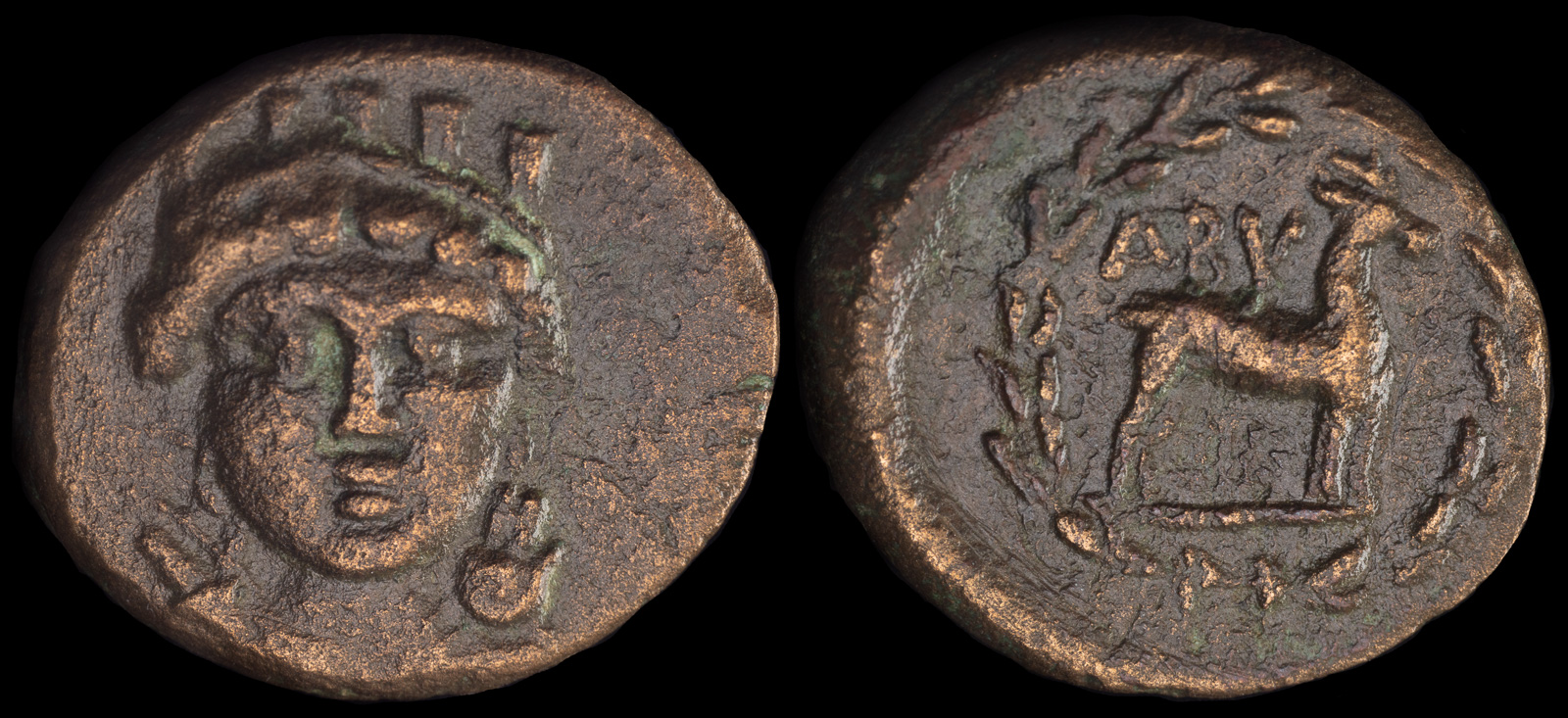Stag
View All Tags
One of the most prominent stag-related myths involves Artemis, the goddess of the hunt, wilderness, and wild animals. Artemis was often depicted as a huntress, accompanied by stags or a stag-deer, which represented her control over the untamed world. The stag, as one of her favorite animals, symbolized the purity of the wild and the goddess’s close connection to nature. In particular, the Ceryneian Hind, a sacred stag with golden antlers, was one of the Twelve Labors of Heracles. This incredibly swift animal, which could outrun any pursuer, was symbolic of the elusiveness and elusive beauty of nature that only a hero like Heracles could capture. Artemis was protective of the Ceryneian Hind, and its role in the myth underscored her guardianship over wild creatures.
The stag also held significance in relation to Dionysus, the god of wine, revelry, and fertility. In Dionysian festivals, the stag was sometimes used as a symbol of the god’s connection to nature and the fertility of the earth. Stags were sacred to Dionysus, and the followers of his cult, the Maenads, were often depicted in the wild, sometimes accompanied by stags or wearing stag antlers as a sign of their devotion to the god. The animal’s presence in these rituals represented the uninhibited, ecstatic nature of Dionysian worship, symbolizing the freedom and vitality brought by the god.

Abydos, Troas 3rd century BCE

Akmoneia, Phrygia 2nd-1st centuries BCE

Amyzon, Caria ca 150-100 BCE
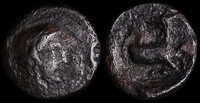
Aristokrates of Kourion, 4th cent BCE
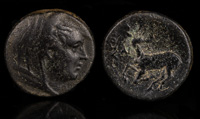
Arsinoe II 287-281 BCE

Bargylia, Caria 2nd-1st centuries BCE

Kabyle, Thrace 275-250 BCE
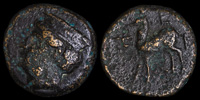
Nikagoras of Zeleia 4th century BCE
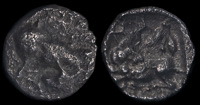
Shelamyah 375-333 BCE

Tauric Chersonesos, Chersonesos 300-290 BCE
